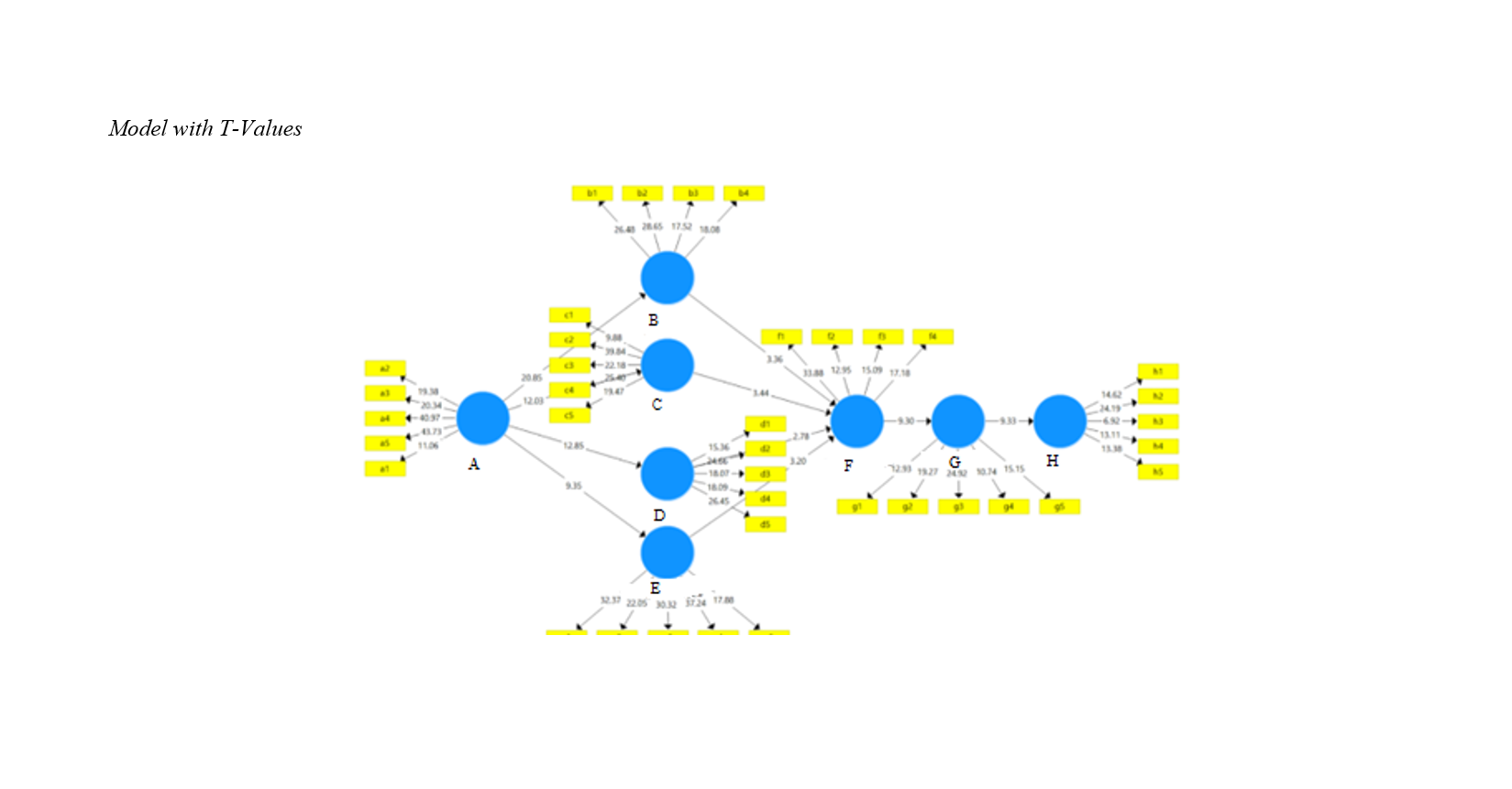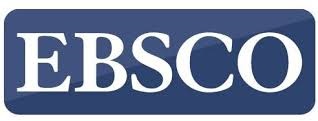Presenting an Indigenous Model of Brand Loyalty in the Retail Industry
Keywords:
Brand loyalty, Quantitative analysis, Qualitative analysis, Marketing, Retail industryAbstract
Objective: The main objective of this research was to "design a suitable marketing model based on brand loyalty in the retail industry," with the question posed as "what is a suitable marketing model based on brand loyalty in the retail industry?"
Methodology: A mixed-method approach, combining qualitative and quantitative methodologies, was utilized to answer this question. Initially, key components of the marketing model based on brand loyalty were identified through sequential exploratory design (thematic analysis method) via interviews. Subsequently, the research questions were examined through the collection of quantitative data. Thus, the measurement tool in the qualitative method was in-depth and semi-structured interviews, and in the quantitative method, it was a questionnaire. The population studied in the qualitative method consisted of experts, and in the quantitative method, individuals knowledgeable about marketing and the retail industry. For sampling in the qualitative method, 21 experts were selected using purposive sampling, and for the quantitative method, 384 individuals were selected using cluster sampling initially, followed by stratified random sampling after selecting the cluster to be studied. Ultimately, thematic analysis was used to code the responses obtained from the interviews (as part of qualitative analysis), and exploratory factor analysis and structural equation modeling were used to extract and analyze the empirical data (as part of quantitative analysis).
Findings: The findings from the qualitative analysis indicated that the majority of experts (18 individuals) mentioned "the absence of after-sales services," and (17 individuals) mentioned "the high price of the dollar." The findings from the quantitative analysis revealed that the model used in the current research had a satisfactory fit, and the researcher-developed questionnaire contained eight factors: brand heritage, customer satisfaction, brand reliability, brand's association with positive topics, brand belief, brand familiarity, brand distinctiveness, and brand loyalty. It was ultimately argued that brand heritage, with the mediating role of variables such as brand's association with positive topics (with an effect size of 0.69), brand familiarity (with an effect size of 0.41), brand belief (with an effect size of 0.37), customer satisfaction (with an effect size of 0.36), and brand distinctiveness (with an effect size of 0.27), effectively influences brand loyalty. Other variables, having an effect size of less than 0.2, were not significant.
Conclusion: Given that no model for presenting an indigenous brand loyalty model in the retail industry has been provided in Iran so far, there are many gaps in various aspects for this industry. Based on conducted interviews, there are essential prerequisites for the formation and expansion of these products, without which marketing these products in this industry would be ineffective. Marketing in this industry requires a series of events and appropriate principles to create a connection between brand heritage and brand loyalty by the customer; otherwise, it would not be possible to loyalty customers through this industry.
Downloads

Downloads
Additional Files
Published
Submitted
Revised
Accepted
Issue
Section
License
Copyright (c) 2024 Farshad Maghnati (Author); Alireza Rosta (Corresponding Author); Farzad Asayesh (Author)

This work is licensed under a Creative Commons Attribution-NonCommercial 4.0 International License.















